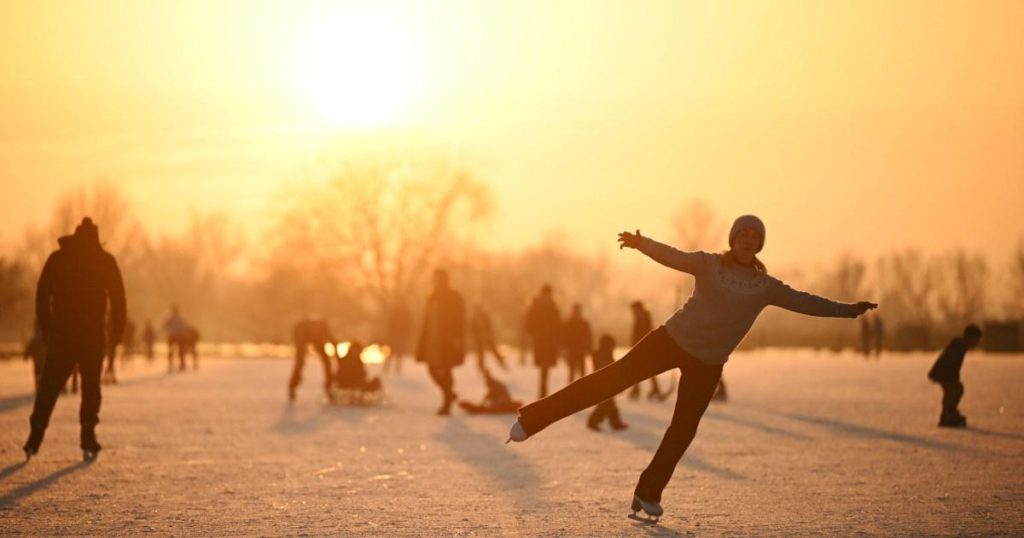Paragraph 1: Recent Extreme Cold Snap in the UK
The United Kingdom recently experienced its coldest night of the winter thus far, with temperatures plunging to a frigid -18°C. This extreme cold snap followed a period of heavy snowfall, treacherous icy conditions, and subsequent flooding caused by a rapid thaw. The Met Office issued several weather warnings, including amber warnings, indicating the severity of the conditions. The widespread impact of this cold weather event included school closures and a significant increase in heating demand, which led to a decline in gas supplies.
Paragraph 2: Anticipated Rise in Temperatures
Despite the recent deep freeze, temperatures are projected to rebound in the coming days. The Met Office’s long-range forecast indicates a rise into double figures for the south west of England, with Cornwall expected to reach 11°C by Sunday, January 19th, thanks to a building area of high pressure in the south. This warming trend offers a welcome respite from the harsh conditions experienced across the country.
Paragraph 3: Detailed Meteorological Outlook
The Met Office’s forecast, spanning from Thursday, January 16th to the 25th, provides a more detailed picture of the evolving weather patterns. Initially, high pressure situated south of the UK will maintain generally settled conditions across the southern regions. Cloud cover is anticipated to be variable, with the potential for fog formation under clearer skies. However, this fog is expected to be slow to dissipate. Frontal systems may impact the northwest of the UK intermittently, bringing with them periods of rain and stronger winds.
Paragraph 4: Extended Forecast and Potential Shift in Weather Patterns
The influence of high pressure and its associated settled conditions may gradually expand northward for a period. However, towards the latter part of the forecast period, low-pressure systems are likely to become more dominant across the UK. This shift in pressure systems could bring spells of rain and windier conditions to most areas of the country. While the north is expected to experience temperatures slightly above average, the south and east may face colder starts due to clearer skies and lighter winds.
Paragraph 5: Impact of Weather on Daily Life and Activities
The recent severe weather has had a tangible impact on various aspects of daily life. School closures became necessary in many areas due to hazardous travel conditions and the potential risks posed by the extreme cold. The surge in demand for heating to combat the frigid temperatures strained gas supplies, highlighting the energy challenges posed by such weather events. Furthermore, sporting events, including football matches across different leagues, were called off due to the extreme cold and unsafe playing conditions.
Paragraph 6: Coping with the Cold and Looking Ahead
The extreme cold prompted advice to the public on staying warm and safe. Recommendations included layering clothing, using appropriate winter accessories like scarves and gloves, and taking precautions to prevent cold-related health issues. Parents were also cautioned about the dangers of certain practices during cold snaps that could inadvertently pose risks to children’s lives. While the immediate forecast suggests a warming trend, the potential for fluctuating weather patterns in the latter part of the forecast period underscores the need for continued vigilance and preparedness.




